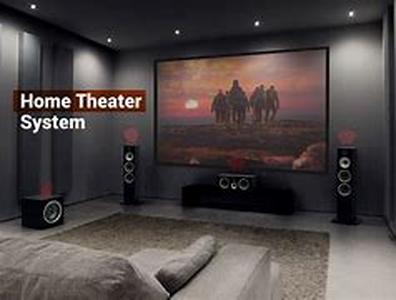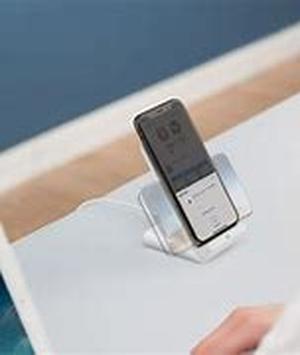
An Aesthetically Pleasing Colour Scheme Can Make Or Break Your Website. After All, In Advertising, Colour Accounts For 60 Of Advertisement's Acceptance Or Rejection. Therefore, Colour Plays A Pivotal Role In Determining Whether Or Not A Potential Customer Will Choose To Conduct Business With Your Firm. A Web Designer Needs To Ensure That All Of Your Websites Colours Work In Harmony, While Keeping The Clients Identity Consistent With Other Marketing Efforts.Quick Rules Of ThumbStick To 3 To 5 Colours When Planning A WebsiteWhen In Doubt, Use White For The Background Colour, And Black For The Text ColourUsing Your Companys Logo Colours If Your Company Already Has A Logo Designed By A Professional Great! This Is The Best Starting Point For Choosing Your Websites Colour Combination. You May Choose To Use The Exact Colours Found In Your Logo, Or Even Add Some Complimentary Colours. But, It Is Important Not To Stray Too Far From Your Logos Colour Scheme In Order To Keep Your Companys Identity Consistent. Colour Defines Mood The Colours Of Your Website Are Important Because They Can Elicit Different Emotions From Your Visitors. Colours Can Make Us Happy, Excited, Angry Or Sad. Below Is A List Of Colours Along With The Corresponding Moods Which They Evoke:Warm Colors Red: Aggressiveness, Passion, Strength, Vitality Pink: Femininity, Innocence, Softness, Health Orange: Fun, Cheeriness, Warm Exuberance Yellow: Positive Thinking, Sunshine, Cowardice Cool Colors Green: Tranquility, Health, Freshness Blue: Authority, Dignity, Security, FaithfulnessPurple: Sophistication, Spirituality, Costliness, Royalty, Mystery Neutral Colors Brown: Utility, Earthiness, Woodiness, Subtle Richness White: Purity, Truthfulness, Being Contemporary And Refined Gray: Somberness, Authority, Practicality, Corporate Mentality Black: Seriousness, Distinctiveness, Boldness, Being ClassicChoosing A Color SchemeOnce You Understand The Colours And Their Connotations, The Next Step Is To Choose A Colour Scheme For Your Website. Below Is List Of Different Types Of Colour Combinations:Monochromatic Colour Combinations Use A Single Color. Variations In Lightness Of The Selected Colour Can Be Used To Create The Sense Of Different Colours. Monochromatic Colors Go Well Together, Producing A Soothing Effect, And Are Very Easy On The Eyes. The Drawback However, Is That, It Can Be Difficult To Highlight The Most Important Elements On Your Website.Analogous Color Schemes Use Colours That Are Related, But Not The Identical, To Create Visually Attractive Combinations. Choosing This Type Of Colour Scheme Is Accomplished By Picking Colours That Are Close To Each Other On The Colour Wheel. For Example, A Selection Of Blues And Purples, Or Reds And Oranges Would Make A Good Analogous Combination. One Colour Must Be Picked As The Dominant Colour While The Others Are Used As Accents.Complementary (or Contrasting) Color Schemes Are Comprised Of 2 Colours That Are Opposite Each Other On The Color Wheel. This Combination Is Most Appealing When A Warm And A Cool Colour Are Used. For Example, Red With Green Or Blue Work Well As Contrasting Colours. Using One Colour For Your Background, And Its Complementary Color To Highlight Key Elements Will Give You Colour Dominance And Colour Contrast. One Word Of Caution: It Is Difficult For The Human Eye To Focus On Contrasting Colours At The Same Time. Therefore, It Is Best To Avoid Using Strong Contrasts For Background And Text Colours.





